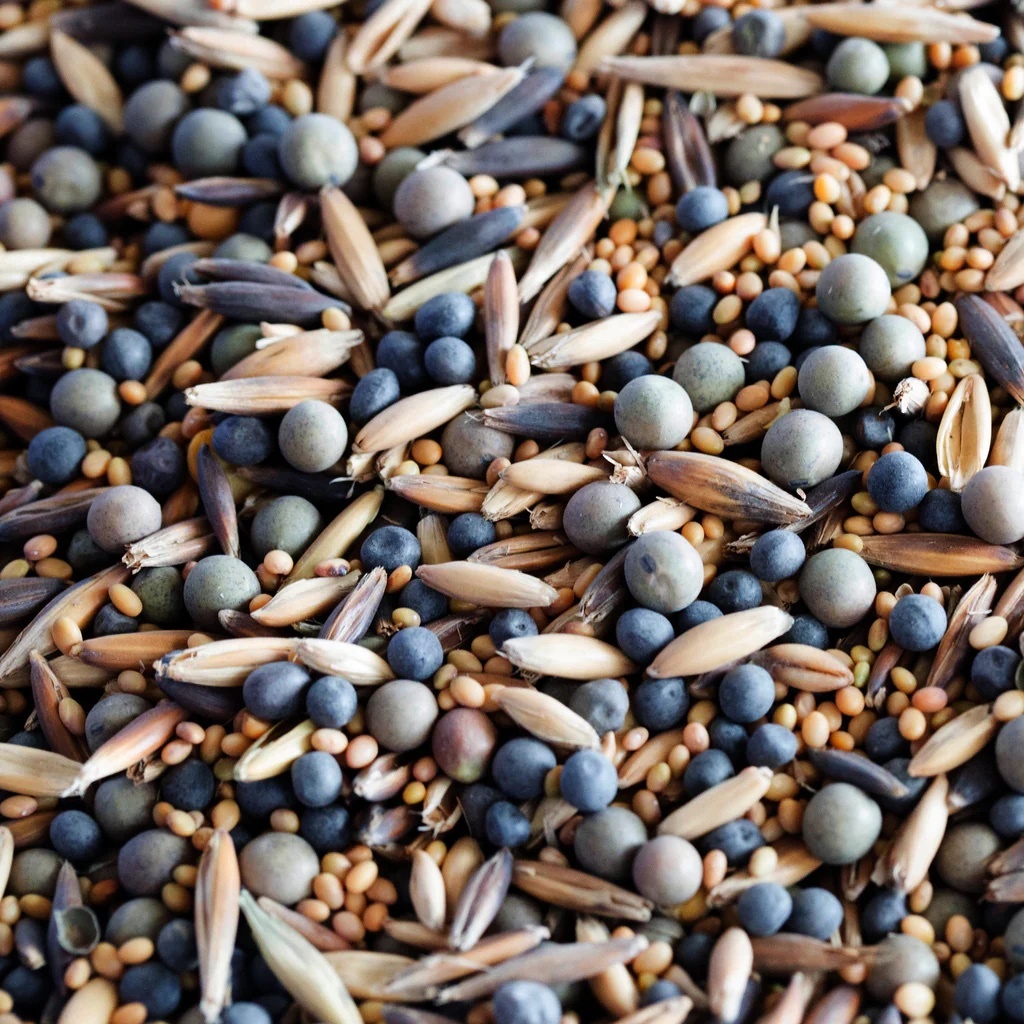Seeds for the Soil: Choosing the Right Cover Crop
- Posted on
- By The Biologic Team

Cover crops provide multiple potential benefits to soil health and to the following cash crops, while also helping to maintain cleaner surface and groundwater, prevent erosion and provide carbon sequestration. Cover crops improve soil physical and biological properties as well as supply nutrients to subsequent crops. They suppress weeds, improve soil water availability, and deter pests. Some cover crops are able to break up soil compaction, making it easier for the following crop’s roots to more fully develop.
The extensive list of potential benefits associated with planting a cover crop on includes:
Erosion Control
Soil Organic Matter Amendment
Nitrogen Fixation
Nutrient Recycling
Weed Suppression
Water Management
Compaction Management
Beneficial Insectary
Nematode Control
Forage Enhancement
Quick Growth
Soil Temperature Moderation
Cash Crop Yield Stabilization
With all the possible outcomes and numerous seed options, choosing the right cover crop can be daunting. Begin by deciding what you want most from your cover crop. Do you want to reduce erosion? Build soil organic matter? Reduce compaction? Scavenge nutrients? Provide forage? Or a combination of things? Narrowing your goals to one or two primary and perhaps a few secondary goals will greatly simplify your search for the best varieties. Some of the most common goals include: providing nitrogen, adding organic matter, improving soil structure, reducing weed pressure, and managing nutrients.
Cover Crop Varieties:
Legumes:
Legumes, like peas, soybeans, clover, and vetch, are commonly known as nitrogen-fixers. Legumes also help prevent erosion, support beneficial insects and pollinators, and they can increase the amount of organic matter in soil, although not as much as grasses. Legumes differ in their productivity and adaptability to soil and climatic conditions.
Grasses:
Grasses, like annual grasses, rye, oats, and wheat, build biomass and break up soil compaction with extensive root systems. Their fibrous roots are very useful for scavenging nutrients, especially nitrogen, left over from a previous crop. In addition to their large root systems, grasses generate large amounts of plant residue which can help add organic matter to the soil. Aboveground leaves and stems can also help suppress weed germination and improve water infiltration by slowing down the movement of water from rain or overhead irrigation.
Broadleaves:
Broadleaves like buckwheat, mustard, and alyssum, germinate quickly to shade out undesirables, like weeds, and are easy to turn in for nutrient benefits.
Brassicas:
Brassicas like mustard, rapeseed, oilseed radish, forage turnips and other species, are increasingly used as winter or rotational cover crops in vegetable and specialty crop production, such as potatoes and tree fruits.
Cover Crop Mixes:
Increasingly, suppliers are offering cover-crop mixes promising the combined benefits of multiple seed varieties. Compared to single varieties, these mixtures, such as grass and legume combinations, can produce more overall biomass and nitrogen, tolerate adverse conditions, increase winter survival, provide ground cover, improve weed control, attract a wider range of beneficial insects and pollinators, and provide more options for use as forage. Some potential drawbacks to planting cover crop mixes are the possibility of too much plant residue, seeding difficulties and more complex management requirements.
More Cover Crop Considerations:
Timing and growth cycle considerations.
Identify the openings in your cash crop schedule that you could introduce cover crops. When will you harvest your primary crop and when do you anticipate being able to plant in the harvested area? Consider the limitations a full-grown cover crop might pose for the preparation of the following cash crop. Will you be able to mow and incorporate the cover crop efficiently? How will you terminate the cover crop? Be sure you understand the management and termination requirements for the cover crop you select.
Other considerations, requirements, and limitations.
Is off-season irrigation a limitation in your growing area? Consider a drought-tolerant cover crop. Do you have access to the necessary equipment to seed, maintain and mow? If you are growing strips of cover crop alongside cash crops, consider height and shading, and the timing for the incorporation of your cover crop with the harvest of your cash crop. Consider the relative cost of the different cover crops available and calculate the management costs associated.
Recommended resources for understanding and choosing cover crops:
Managing Cover Crop Profitably (SARE)
The comprehensive manual on cover cropping from the Sustainable Agriculture Network, complete with helpful charts of top regional cover crop species, an overview of legume and non-legume cover crops, and profiles of specific crops.
http://www.sare.org/Learning-Center/Books/Managing-Cover-Crops-Profitably-3rd-Edition
Fred Magdoff, Harold van Es | 2021. Building Soils for Better Crops. Ch 10. Cover Crops. SARE Outreach. https://www.sare.org/publications/building-soils-for-better-crops/cover-crops/
Marianne Sarrantonio. 2007. Managing Cover Crops Profitably, 3rd Edition. Selecting the Best Cover Crops for Your Farm. SARE Outreach. https://www.sare.org/publications/managing-cover-crops-profitably/selecting-the-best-cover-crops-for-your-farm/
Joseph J. Kranz, PhD. Guide to Cover Crops. Kiss the Ground for Regeneration. https://kisstheground.com/cover-crops/
Max Fern. Apr 18, 2022. Cover Crops: What are they and how do they work? Rodale Institute. https://rodaleinstitute.org/blog/cover-crops-what-are-they-and-how-do-they-work/
